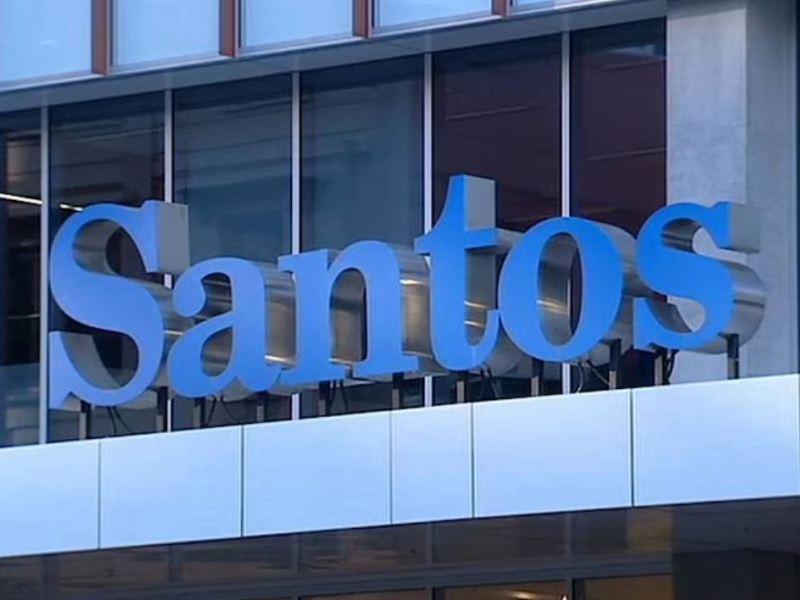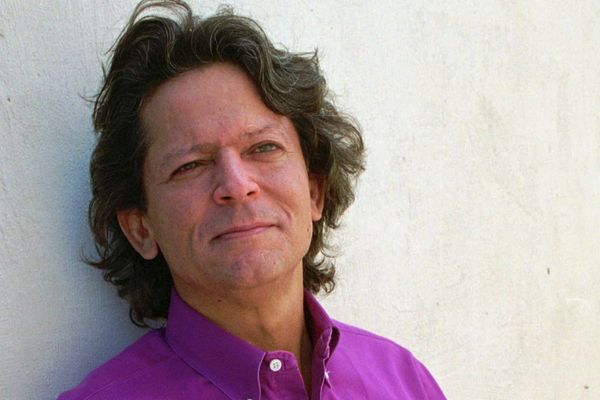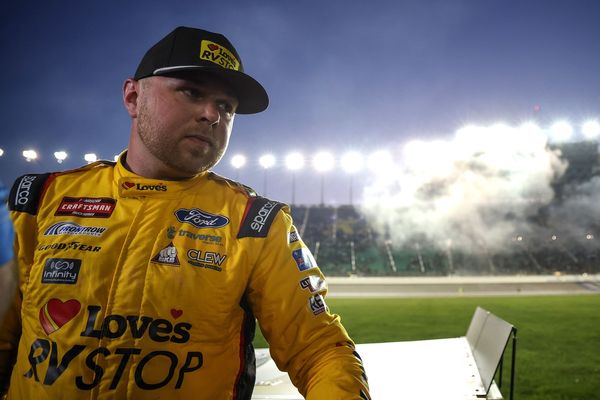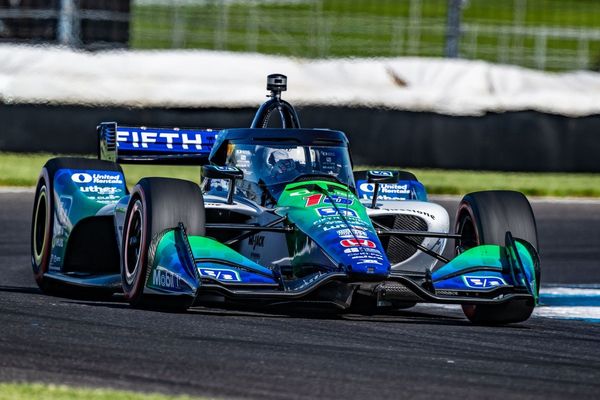Oil and gas giant Santos has rejected two federal government grants intended to support the design of blue hydrogen projects, originally announced a year and a half ago.
The two $3 million grants were expected to fund front-end engineering and design (FEED) studies for blue hydrogen production – hydrogen produced from natural gas, with the process low emissions by using carbon capture and storage (CCS).
The grants were announced in April 2022 by then-Energy minister Angus Taylor, alongside local members, in the run up to the last federal election. They were awarded under the Coalition government-initiated Clean Hydrogen Industrial Hubs: Hub Development and Design Grants program.
The FEED studies were for proposed clean hydrogen hubs located in Carnarvon in Western Australia and at Santos’ Moomba CCS project in South Australia. Both FEED study projects were valued at around $13 million.
InnovationAus.com understands that any awarded funds have been returned to government’s general revenues.
Santos was contacted for comment on the reason it had declined the grants and when these decisions were made but a response was not received. It is also unclear if the FEED studies are expected to still be undertaken.

However, a Santos spokesperson confirmed that the Moomba CCS project is itself 70 per cent progressed, with the first injection of captured carbon dioxide expected to take place in early 2024.
The federal government awarded a $16.5 million grant to support the CCS project in September 2021.
In March 2023, Santos announced it had signed an agreement with Osaka Gas Australia to begin pre-FEED studies to work on a demonstration scale project to produce methane at the Moomba development by combining hydrogen produced from renewables with carbon dioxide captured by the CCS project.
This project is expected to enter the FEED stage in 2024, to be ready for a final investment decision in 2026.
In September 2022, the firm received permits for evaluation and appraisal work for the potential storage of carbon dioxide in the offshore Carnarvon basin.
The other five grants announced under the Clean Hydrogen Industrial Hubs: Hub Development and Design Grants, have been executed. This is worth around $10.7 million.
Of these, two grants worth $4 million were for studies supporting proposed blue hydrogen projects. The program first opened for expressions of interest in September 2021 and it was expected that successful grant recipients would be able to commence their projects around March 2022, according to the program guidelines.
Four of the grant agreements only commenced this year, with three in July. The earliest commencement of a grant agreement under the program was for a feasibility study into the Han-Ho hydrogen hub initiative led by Townsville-based Ark Energy in collaboration with three South Korean conglomerates.
A spokesperson from the Department of Climate Change, Energy, Environment, and Water said the federal government “is investing more than $500 million to support the development of hydrogen hubs in regional Australia and fund development and design studies, as part of its objective to make Australia a renewable energy superpower”.
The government is also designing a $2 billion Hydrogen Headstart production credit program that will support two to three renewable hydrogen projects. It aims to make up the difference between the cost of production of green hydrogen and the current sale price of hydrogen. The cost of producing blue hydrogen is currently estimated to be two to three times cheaper than green hydrogen.
In the federal government’s National Hydrogen Infrastructure Assessment ‘base case scenario’, blue hydrogen produced from natural gas could be cheaper than green hydrogen produced from electrolysis in “particularly favourable locations in Queensland and Northern Territory. However, this only occurs in 2030 and by 2040 no blue hydrogen production is preferred Australia-wide”.
Over the weekend, Labor amended its party platform to diminish support for CCS. It revised its language from stating that carbon capture, utilisation and storage (CCUS) “will play” a role in emissions reduction, to now stating it “may” help reduce emissions in limited circumstances such as in hard-to-abate sectors like cement.
This is despite large support for the technology from Resources minister Madeleine King, who earlier in the year announced the government would develop a framework to “dramatically scale up Australia’s offshore CCS capability”. In February, Ms King told the Australia and Southeast Asia Global CCS Institute Forum that “the use of CCUS will allow us to become a top exporter of low-carbon intensity energy in our region”.







